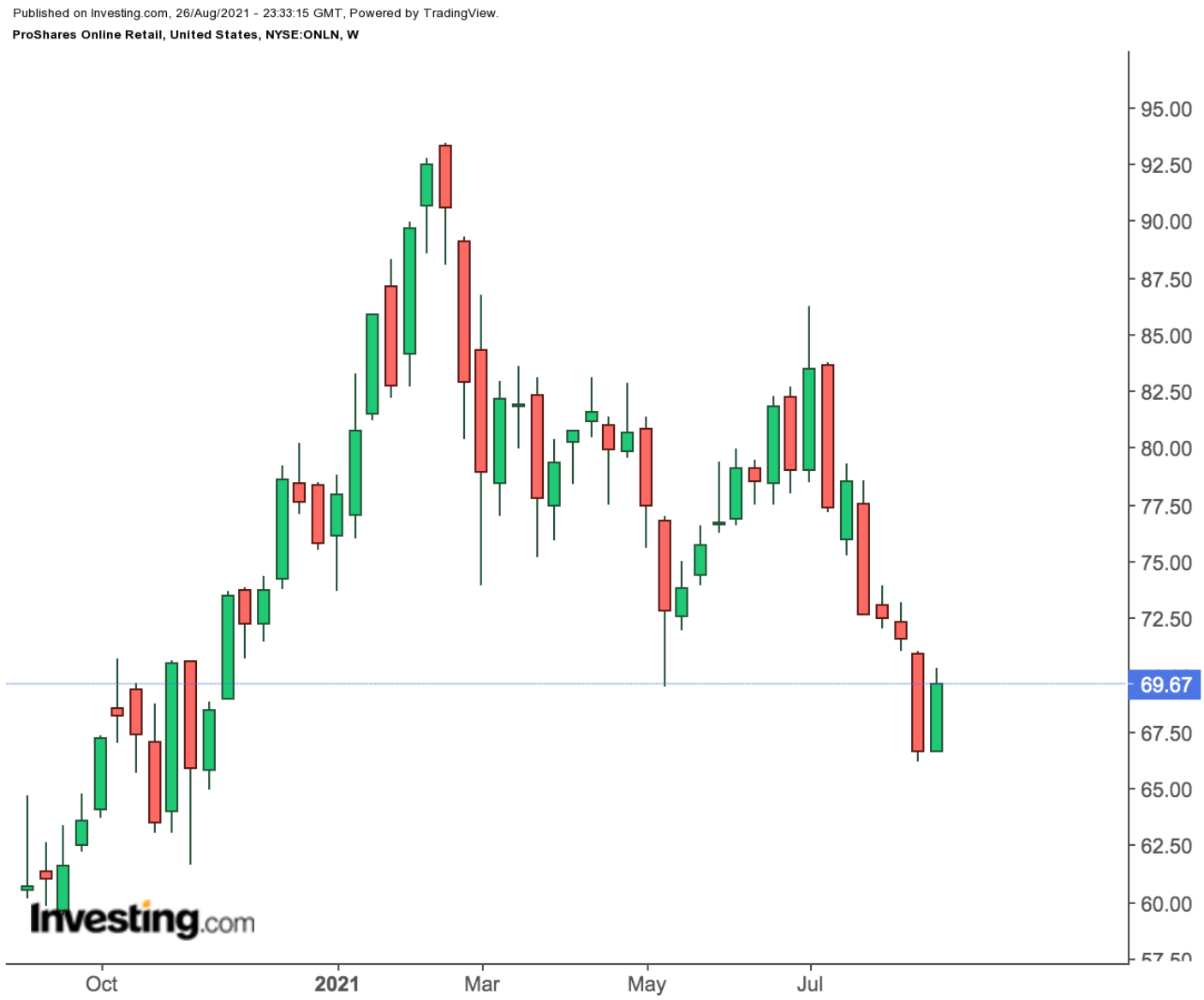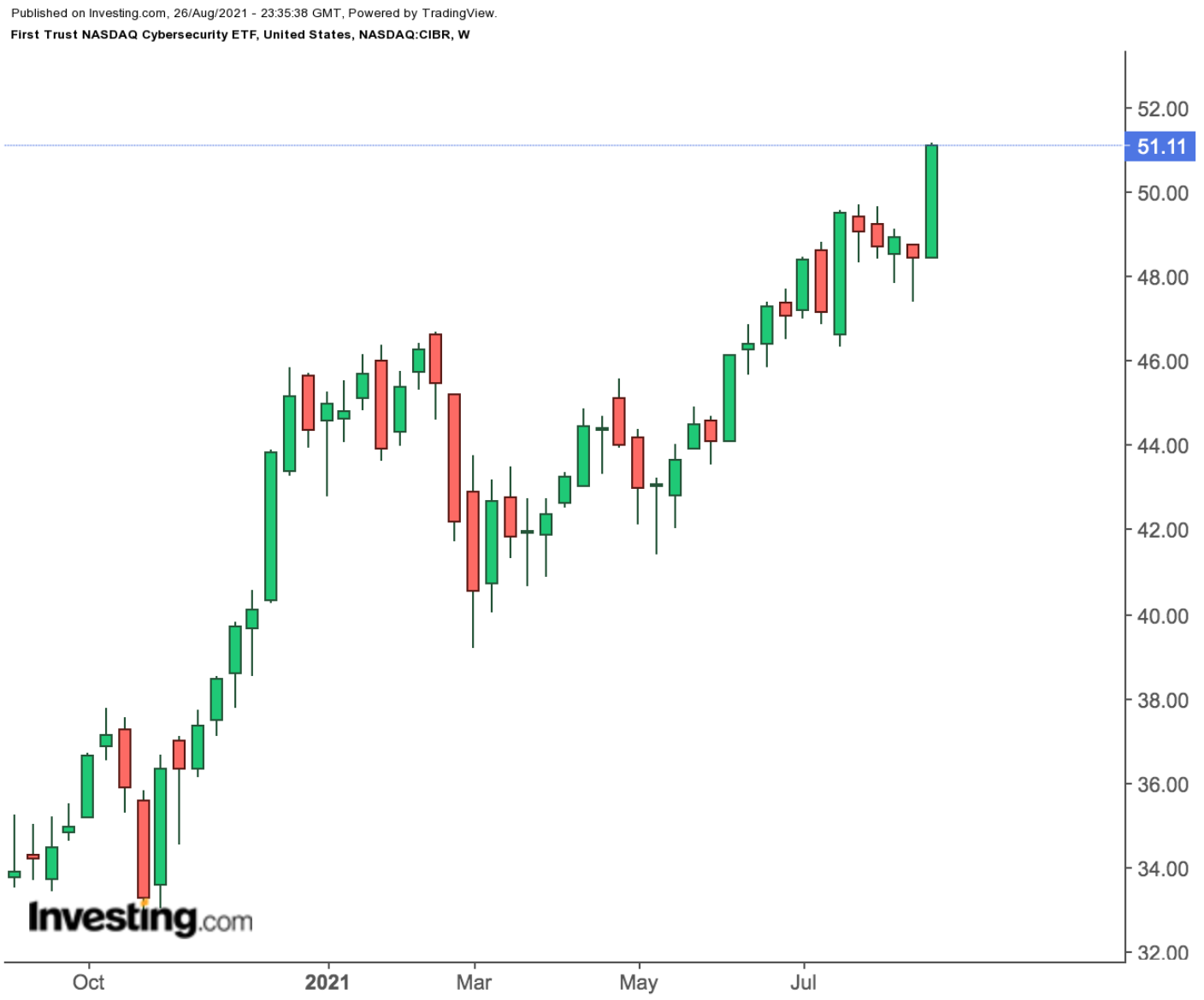AlphaTON stock soars 200% after pioneering digital asset oncology initiative
As August ends, millions of students are preparing for a new school year. Given the unknowns regarding the Delta variant, different jurisdictions in the US and other countries are likely to have differing regulations regarding how education will progress this semester.
We can, however, expect considerable shopping to take place in the coming days. According to a recent survey by Deloitte, the total back-to-school market will reach $32.5 billion in the US, and the average spend per child is expected to be $612, up 16% year-over-year (YoY).
The report identifies three main segments of spending:
- Technology products: sales are expected to gain 37%;
- Traditional products: sales are expected to increase by 2%;
- Pandemic-related items (like personal hygiene products): sales are expected to be up 42%.
Deloitte also highlights:
“For school-related tech products, online retailers are the preferred destination. For traditional back-to-school products, mass merchants still lead, while dollar stores gain ground.”
Therefore, today we discuss two exchange-traded funds (ETFs) that could be appropriate for investors who want to benefit from increased spending levels during the school season.
1. ProShares Online Retail ETF
Current Price: $69.67
52-week Range: $59.36 - $93.45
Expense Ratio: 0.58% per year
On Aug. 19, the US Census Bureau announced:
“The estimate of US retail e-commerce sales for the second quarter of 2021, adjusted for seasonal variation, but not for price changes, was $222.5 billion, an increase of 3.3% (±0.7%) from the first quarter of 2021.”
Closer inspection of the data shows that about $1 of every $5 spent on retail purchases came from digital sales.
The ProShares Online Retail ETF (NYSE:ONLN) gives access to retailers that mostly sell online or through other non-store channels. The fund began trading in July 2018.

ONLN, which has 25 holdings, tracks Proshares Online Retail Index. In terms of countries, we see the US (74.44%), followed by China (21.68%), Argentina (1.48%), Israel (1.22%) and the UK (1.18%). The top 10 names make up about 65% of net assets of $1.1 billion.
E-commerce giants Amazon (NASDAQ: AMZN) and Alibaba (NYSE:BABA) have the highest weightings, with 23.12% and 13.56%, respectively. In other words, swings in either company’s share price could move the price of ONLN, at least in the short run. Then come the online auction and shopping platforms eBay (NASDAQ:EBAY) and Etsy (NASDAQ:ETSY); online seller of pet products Chewy (NYSE:CHWY); and food delivery group DoorDash (NYSE:DASH).
The fund, which returned 2.5% over the past year, is down almost 8% so far in 2021. ONLN saw an all-time high of $93.45 in mid-February. Since then, it has lost about 25% of its value.
Trailing P/E and P/B ratios stand at 54.46x and 7.73x. Interested readers might consider buying the dips, especially if there is a further decline toward $60.
2. First Trust NASDAQ Cybersecurity ETF
Current Price: $51.11
52-Week Range: $32.91 - $51.22
Dividend Yield: 0.18%
Expense Ratio: 0.6% per year
Increased digitalization over the past year has raised the importance of keeping companies and customers safe online. As a result, cybersecurity has become a key issue for businesses and households.
According to MarketsandMarkets:
“The global cybersecurity market size is projected to grow from US$217.9 billion in 2021 to US$345.4 billion by 2026, recording a Compound Annual Growth Rate (CAGR) of 9.7% from 2021 to 2026.”
The First Trust NASDAQ Cybersecurity ETF (NASDAQ:CIBR) gives access to cybersecurity companies. It started trading in July 2015, and has around $4.72 billion in assets.

CIBR, which has 39 holdings, tracks the returns of the NASDAQ CTA Cybersecurity Index. In terms of the sub-sectoral breakdown, the software sector makes up the largest portion, with 56.65%, followed by IT services (18.52%) and communications equipment (13.04%). The leading 10 holding account for about half of the fund.
Information security platform Zscaler (NASDAQ:ZS); strategy and consulting services group Accenture (NYSE:ACN); tech giant Cisco (NASDAQ:CSCO); cloud workload protection Crowdstrike (NASDAQ:CRWD), which offers cloud-delivered endpoint protection; as well as digital access and identity management group Okta (NASDAQ:OKTA) lead the names in the roster.
In the past 52 week, CIBR is up close to 41% and hit a record high on Aug. 26. The fund’s P/B and P/S ratios are 7.91x and 4.54x. Given the recent run-up in price, potential investors could consider waiting for a short-term decline toward $48 before hitting the ’buy’ button.
